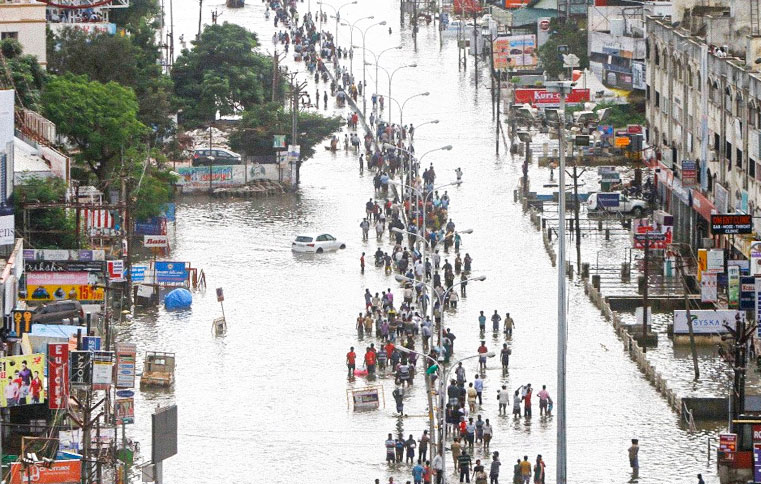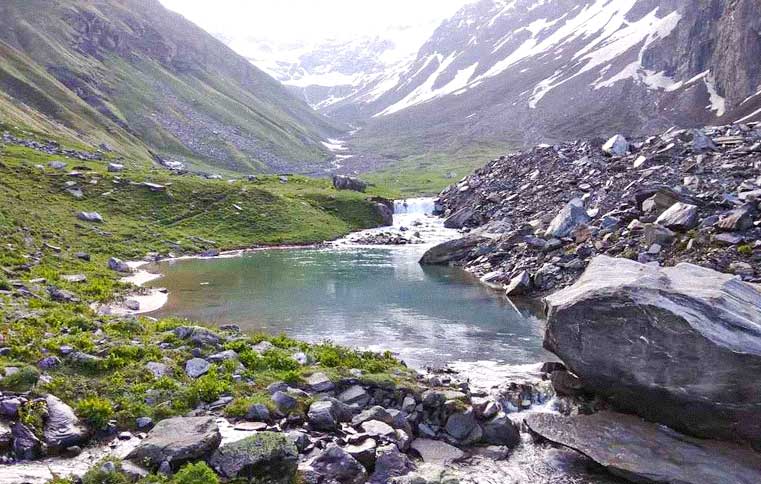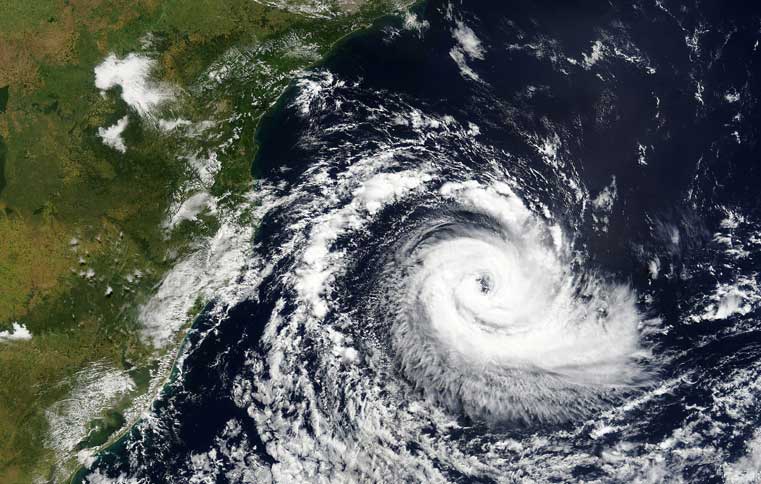Urban Forests: The Need of Today & Tomorrow
By: Ishwari Latey | Date: 9th July 2019
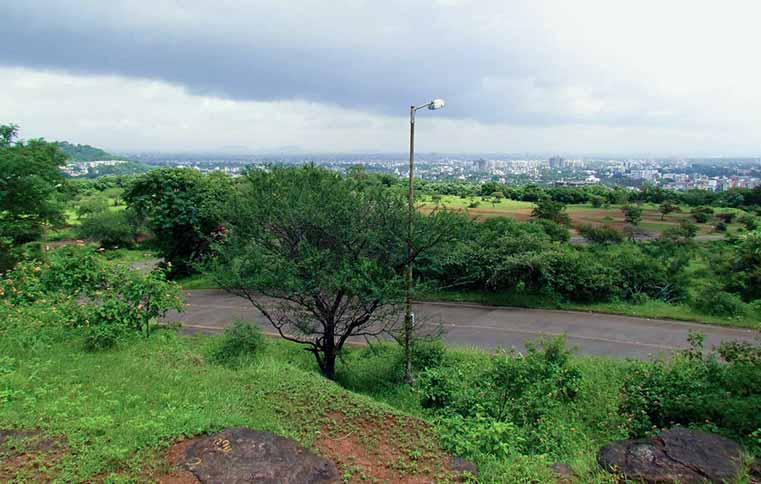 Image Source: Wikipedia
Image Source: Wikipedia
Since ancient times, Trees have a very important place in Indian culture. Our ancestors recognized the importance of trees and made sure to celebrate the trees as a part of their conservation efforts through folklore's and festivals. In Atharvaveda, the importance and benefits of trees have been mentioned explicitly.
The concept of sacred groves, where a part of the jungle is kept on the name of the local deity, the concept of 'Nakshatravan', where a particular tree is associated with the zodiac sign, reserved forests were all created for the protection of forest from over exploitation.
The great Indian economist Chanakya has given the ideal city landscape guidelines in his book "Arthashastra". Chanakya emphasizes on the need of trees surrounding the city.
The great Indian Emperor Ashok has also guided his ministers to 'plant the dense tree cover on all borders of the city.' He has also enlisted the fines for the illegal tree cutting, tree theft, and tree products mismanagement.
As the times changed, political inclinations fluctuated and Industrial development took forefront before everything else, this traditional wisdom began fading.
Today, the world's majority population resides in the urban area. The numbers are projected to go higher in the coming decades. To sustain this rapid population and its effects on the environment, the tree population in urban areas becomes a really critical factor.
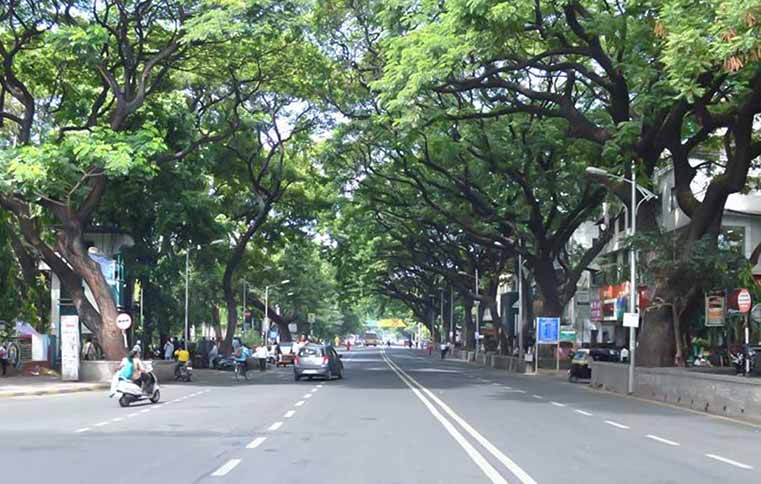 Image Source: shoppinglanes
Image Source: shoppinglanes
The ever-expanding city limits are reducing the forest cover in and around the city. As the demand for space and resources increased, the decreased tree density is observed in the last decade and the trend shows a continuous increase. Because of these growth patterns, urban forests are more important than ever-they are trees outside of our door.
Urban forests include urban parks, street trees, landscaped boulevards, gardens, and working trees at former industrial sites. They are dynamic ecosystems that provide animal habitat and shade. They add beauty, form, and structure to urban design.
The installation and maintaining of urban ecosystems are crucial for sustainable practices. For example, just three trees around the house can cut the need for air conditioning by 50%.
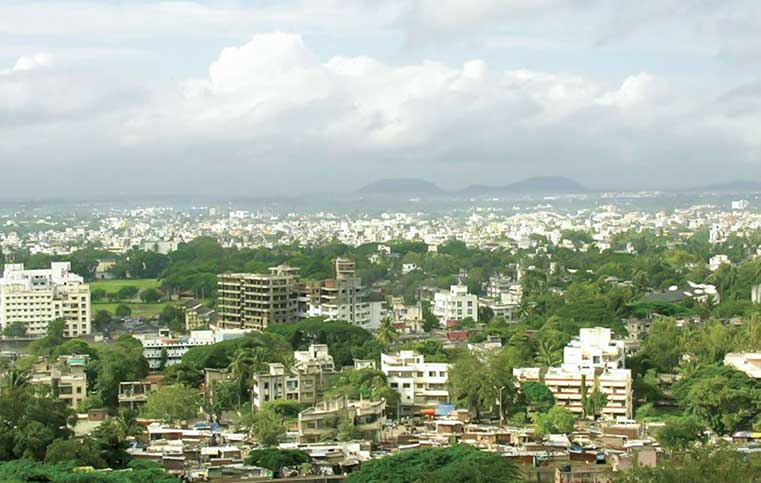 Image Source: Arcangelmichael16
Image Source: Arcangelmichael16
The foliage of trees over the roads can provide shade, which can efficiently block skin cancer-causing UV-B rays. The shedding leaves covering the ground can reduce the water evaporation rate in half, conserving the water.
Trees can provide food and nutrition security, providing both food and fodder. A mature tree can absorb up to 150 kg of CO 2 per year, having an important role in climate change mitigation.
They are excellent filters for urban pollutants such as carbon monoxide, ozone, and sulfur dioxides. In addition to that role of trees are very important in temperature regulation as well as improving physical and mental health.
Urban tree coverage is as important as rural. A city with well planned and well managed green infrastructure becomes resilient, sustainable in various livelihood parameters necessary for a prosperous living.
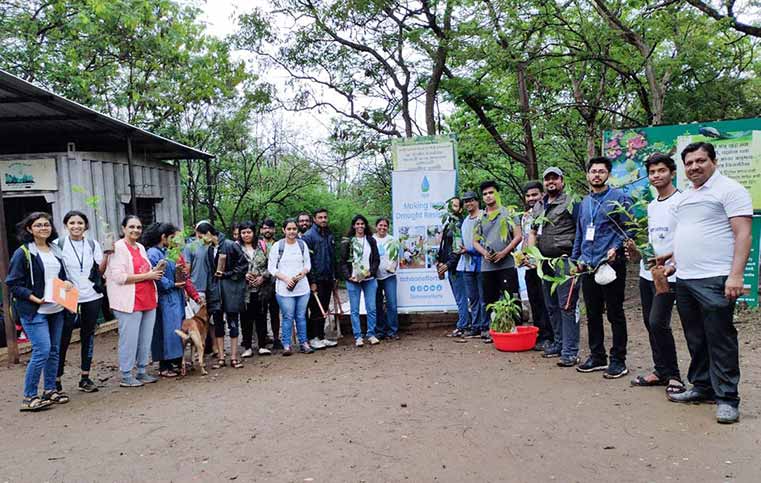 Image Source: Tahaan
Image Source: Tahaan
Planting and maintaining a tree today is, therefore, essential for future generations. It is our duty as a citizen to pass on our planet to future generations with proper living conditions. Let us plant at least one tree during this monsoon and adopt it as our own for a year, and help to make our city greener!





